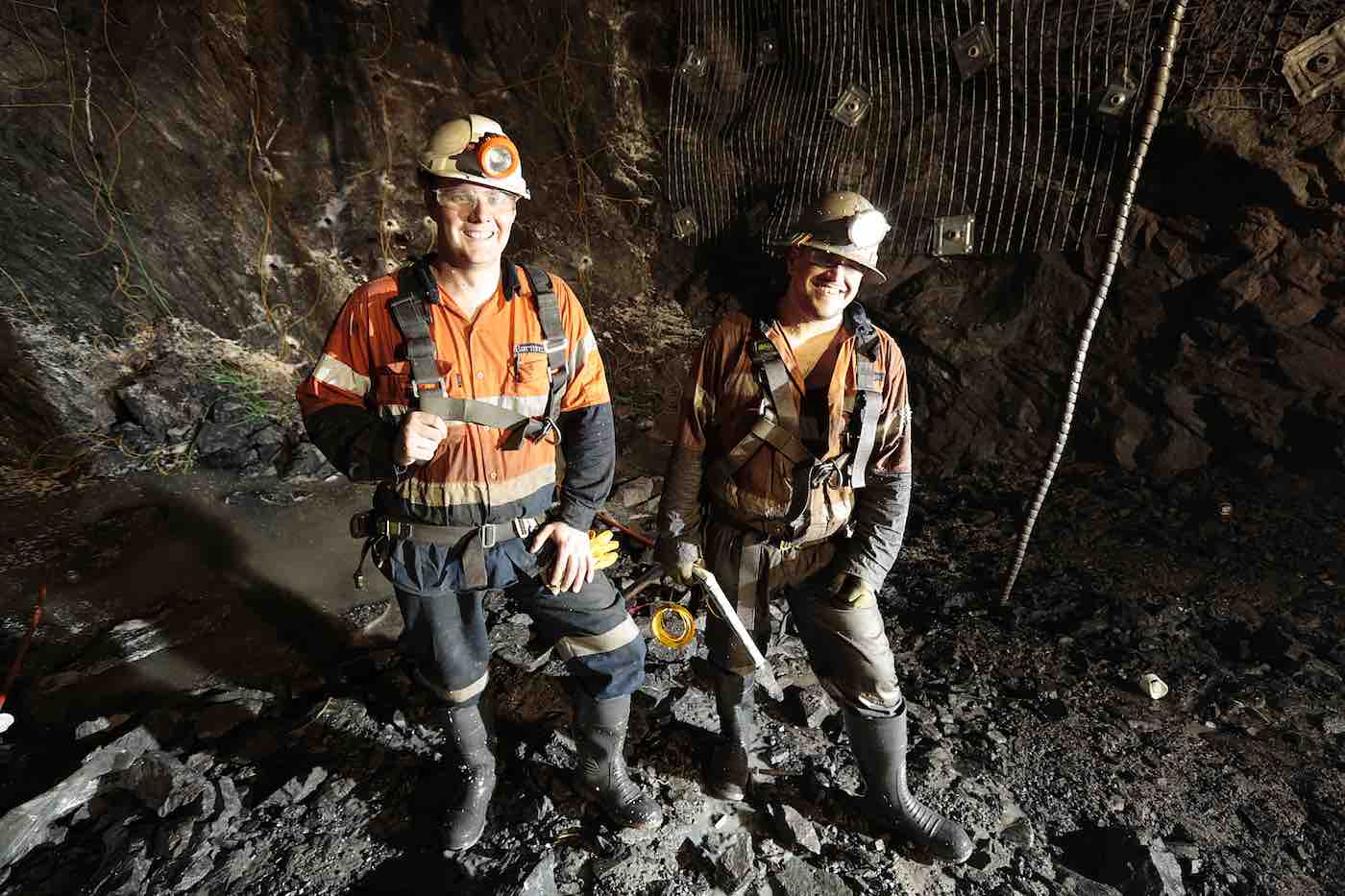
Australia has one of the highest incidence of mesothelioma in the world. Mesothelioma is a cancer of the protective lining of body cavities and internal organs such as the lungs, heart and bowel. Asbestos is a general term applied to the fibrous form of certain hydrated silicate minerals and among the six varieties of commercial asbestos, chrysotile, amosite, and crocidolite have been produced and used most widely. Asbestos is the main cause of mesothelioma. Is mesothelioma in Australia only occupational? Many people have been occupationally exposed to asbestos in operations such mining and milling, manufacture and use of asbestos cement pipe, flooring and friction products, use in thermal insulation, asbestos textile products, paint fillers and spraying of asbestos fire proofing, and improved acoustical qualities.
However, non-occupational exposure to mesothelioma in Australia has been reported. In some cases, it has happened through washing of clothes of asbestos workers and living close to asbestos mine, mill or manufacturing industry. Asbestos has been completely banned in Australia since December 2003. Annually, mesothelioma in Australia is diagnosed in between 700 and 800 people. Males are more likely to be diagnosed with mesothelioma than females across all age groups, and the number of cases diagnosed each year for both males and females has steadily increased over the past 40 years. In this article mesothelioma in Australia is highlighted through discussions around:
Yes, there is an Australian Mesothelioma Registry (AMR) which is funded by Australian Government agency Safe Work Australia. It is a stand-alone database that contains information about people with mesothelioma. It became operational as from the 1st of July 2010, monitoring all new cases of mesothelioma in Australia. The AMR collects information about cases of mesothelioma to:
The information collected by the AMR will help the Australian Government develop policies to best deal with the asbestos still present in Australia’s buildings and environment, with the aim of reducing mesothelioma in the future.
Jobs in Australia are coded according to the Australian and New Zealand Standard Classification of Occupations (ANZSCO). The occupational asbestos exposure in Australia is in the following jobs:
Non-occupational asbestos exposure in Australia presents an increasing risk due to the high volume of asbestos-containing materials remaining in the built environment. Non-occupational exposure to asbestos is in the following activities:
The increasing proportion of mesothelioma cases relating to non-occupational exposure is a serious health problem in Australia. These cases are generally associated with relatively low doses of asbestos exposure and include some individuals who will be unaware that they have been exposed to asbestos.
Even though all asbestos was banned at the end of 2003, Australia has one of the highest incidences of mesothelioma in the world and deaths from mesothelioma continue to rise because of past and ongoing exposure. Australia’s consumption of asbestos peaked at a total of around 700,000 metric tonnes during the period 1970-1979. Australia mined and imported asbestos which was primarily used in construction and transport industries because it was durable and resistant to fire and chemicals. Asbestos-related regulatory controls have been significantly tightened over time. It is now illegal to make, use or import it from another country. However, a large amount of asbestos remains in older structures and products potentially exposing workers and/or the public to asbestos. The Commonwealth and state and territory work health and safety authorities have put in place strict asbestos-related regulatory measures to control asbestos exposure in workplaces which includes the National Strategic Plan for Asbestos Awareness and Management (NSP). The aims of the NSP is to eliminate asbestos-related diseases such mesothelioma in Australia, by preventing exposure to asbestos fibres. Phase one of the NSP went from 2014-2018, and currently phase two is being implemented from 2019-2023 building on progress from phase one. The NSP 2019-2023 priorities are:
It is projected that around 19,000 cases of mesothelioma will be diagnosed in Australia between 2015 and the end of the century. Mesothelioma has a long and highly varied latency period with symptoms appearing decades after a person has been exposed to asbestos. Several studies have shown that the median time since first exposure was 38 years with latency periods reported to be between 33 and 44 years. In essence, most mesothelioma diagnoses are made later in life. Australian statistics from 2019, for age specific mesothelioma incidence rates increased with increasing age up to 85 and over for males and females. Males consistently had high rates than females across all age groups, with males aged 75-79 being 7 times as likely to be diagnosed as their female counterparts. In 2019, 724 deaths of people were recorded due to mesothelioma which was a rate of 2.9 deaths per 100,000 population as compared to 1.9 deaths per 100,000 population in 2012. Mesothelioma death rates continue to rise in Australia; hence it is important now more than ever to prevent exposure of asbestos fibres. What are the challenges in collecting data and reporting on mesothelioma in Australia?
Both, occupational and non-occupational exposure to asbestos can occur via demolition and recovery site work. As an Australian business, GRT actively participates in providing technologies and dust control solutions that complement national efforts such as the National Strategic Plan for Asbestos Awareness and Management (NSP). Global Road Technology offers its asbestos dust control solutions in GRT Rubble-Loc and GRT: Activate. Both are a cost-effective dust and wind erosion control technology designed for use on dynamic sites such as demolition sites both for emergency and recovery phases as well as in planned demolition works. Are you dealing with asbestos dust at its source? Reach out to us and let us complement your efforts in asbestos dust management at your demolition sites.
Your feedback is important to us. If you enjoyed reading this Global Road Technology industry update and found it informative, please let us know by leaving a REVIEW.
REFERENCES
Are environmental regulations, health and safety concerns or potential profit loss a concern right now?
Contact Us Now